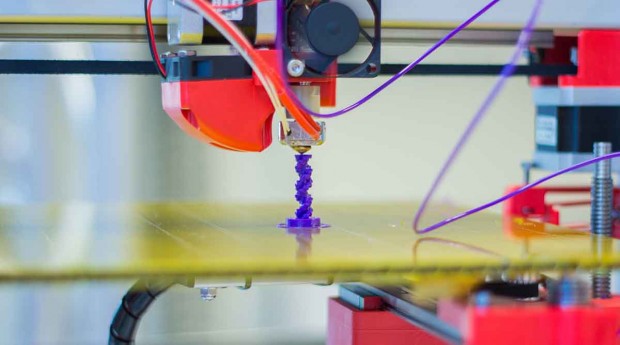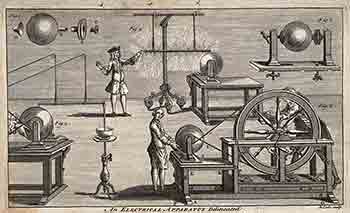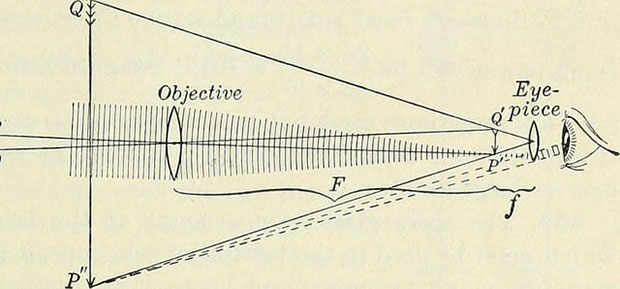"New Hardware Movement" entries

The new hardware movement at CES 2016
The O’Reilly Hardware Podcast: Observations from the Consumer Electronics Show.
Subscribe to the O’Reilly Hardware Podcast for insight and analysis about the Internet of Things and the worlds of hardware, software, and manufacturing.
David Cranor and I have devoted this episode of the Hardware Podcast to a recap of the 2016 Consumer Electronics Show. It’s probably the last recap you’ll hear, since the show happened four weeks ago, but that just means it’s had more time to marinate.
Signs of the new hardware movement were everywhere this year in the innovative new products as well as the cloud of fast-follower devices that surrounded each successful piece of hardware.
Items of note:
- DJI and GoPro have defined the standard design and functionality languages in their fields, and are imitated by nearly every other drone and action cam on display.
- Hoverboards are the first electronics fad that has come straight from Shenzhen. During CES, U.S. marshals raided a Chinese exhibitor’s booth due to a patent infringement claim from the U.S. maker of the Onewheel scooter.
- VR was everywhere, with Samsung’s Gear VR headset particularly ubiquitous
- It’s always interesting to see companies that you wouldn’t necessarily expect at an electronics trade show. We talk about how companies such as MasterCard and United Health were associating themselves with the industry at CES.
- 3D printing has moved into the downward section of Gartner’s hype cycle

At Solid San Francisco, you could see all the way to the future
Making sense of the intersection between connected devices, accessible hardware, and synthetic biology.
Register for Solid Amsterdam, October 28, 2015 — space is limited.
I don’t usually describe conferences as “mind expanding,” but in this instance, the description is justified. At O’Reilly’s Solid 2015: Hardware, Software & the Internet of Things, held recently at Fort Mason in San Francisco, I encountered startling views of the future, thoughtful presentations on creative combinations of exciting new technologies, and warnings about what might happen if somehow it all goes wrong.
Dozens of speakers and presenters covered topics ranging from synthetic biology to augmented reality helmets to 3D printed automobiles. The audience was a mix of software developers, hardware designers, traditional manufacturers, digital manufacturers, academics, entrepreneurs, and venture capitalists keen to spot the next major tech trends.
The conference was organized around multiple tracks and themes, including data, design, software, hardware, product development, manufacturing, biology, security, technology, and startups. What follows is an overview of my key takeaways. Read more…

Practical advice for hardware startups
Entering the hardware space is easier than ever. Succeeding is a different matter.

Because of recent innovations in prototyping, crowdfunding, marketing, and manufacturing, it has never been easier — or cheaper — to launch a hardware startup than it is now. But while turning a hardware project into a product is now relatively easy, doing it successfully is still hard.
Renee DiResta and Ryan Vinyard, co-authors of The Hardware Startup, recently got together with Solid Conference chair Jon Bruner to discuss the startup landscape in hardware and the IoT, and what entrepreneurs need to know to build their businesses. Read more…

Why the Internet of Things isn’t the same as the new hardware movement
Cheap, accessible, open hardware is driving the IoT.
![]()
The Internet of Things (IoT) has been committing a lot of buzzword imperialism lately. It’s a hot term, marching across the technological countryside and looking for rich disciplines to capture. Electronics, manufacturing, and robotics, among others, have all become dominions of the IoT. The result is that the meaning of IoT has broadened to include practically anything that involves 1. technology, and 2. something physical.
At the same time, practitioners have been trying to escape the IoT — and its early association with Internet-connected refrigerators — for years. Big enterprises that want to develop serious applications for the Internet of Things have come up with other terms for what they’re doing, like Internet of Everything (Cisco) and Industrial Internet (GE).
Let’s put a stop to this and define some boundaries. In my view, the Internet of Things is the result of a much larger and more important movement that’s about making the physical environment accessible in the same way that the Internet has become accessible over the last 20 years. I’ll call this the “new hardware movement.” Read more…

